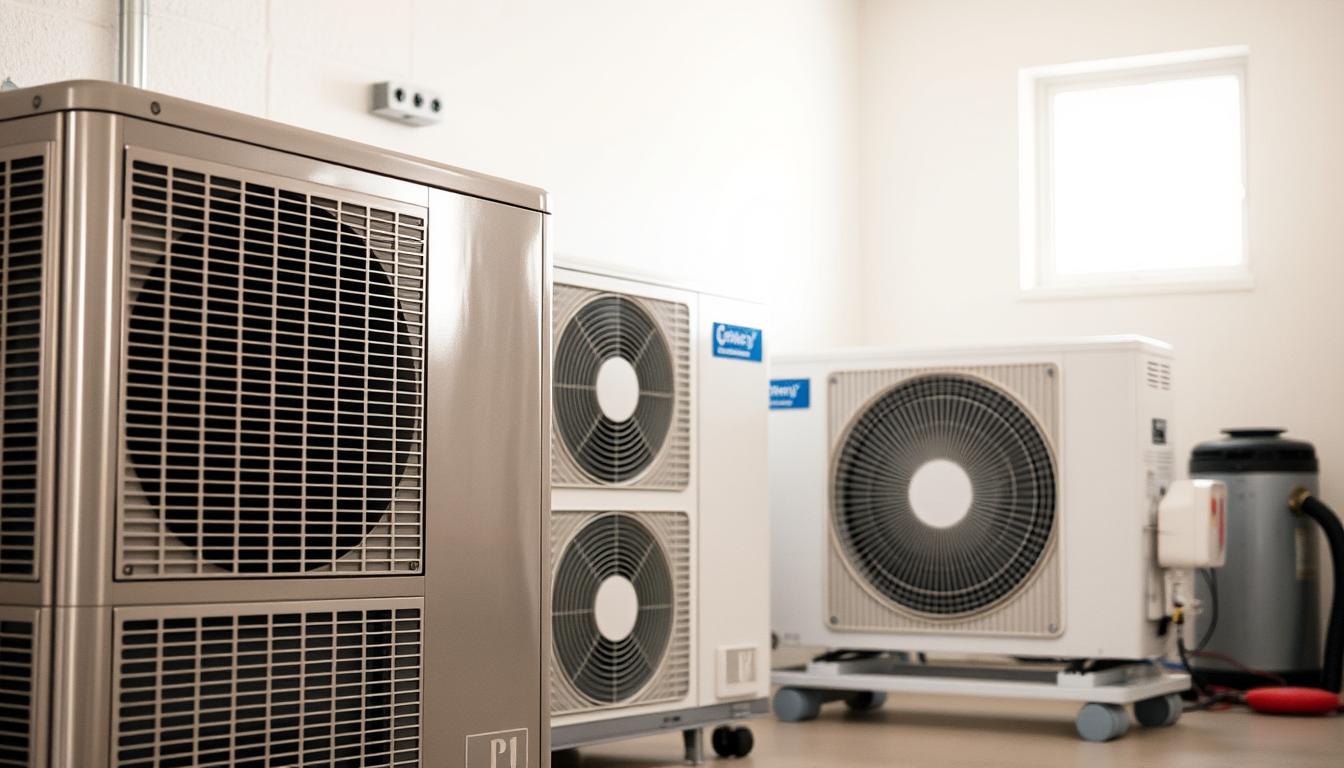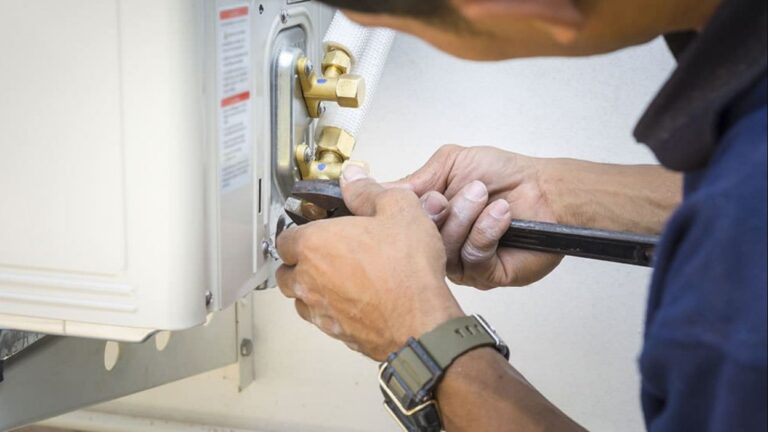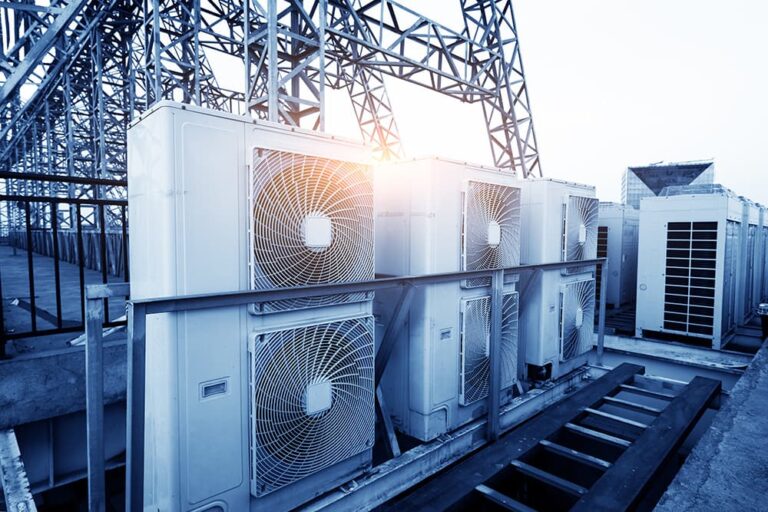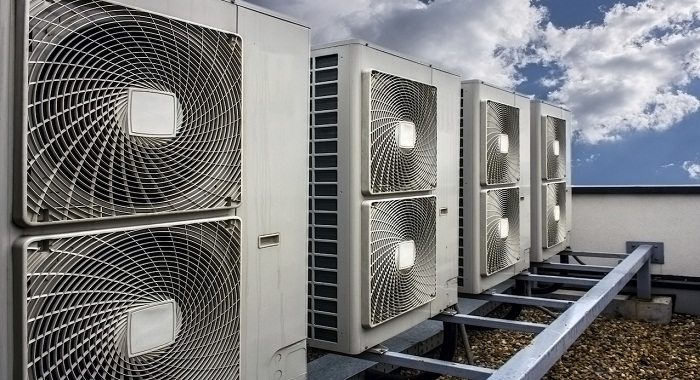Mini-Split Maintenance Guide: Keep Your System Running Smoothly
Ductless mini-split systems are a great choice for comfort in your home. Like any HVAC system, they require regular attention to ensure continued efficiency and longevity.
Regular maintenance is a cost-effective way to prevent larger issues from developing and might even save you from major repairs. This comprehensive guide will walk you through everything you need to know about maintaining your system to ensure optimal performance.
By understanding the fundamentals of mini-split care, you can avoid costly repairs and ensure consistent comfort in your home.
Key Takeaways
- Regular maintenance is crucial for the efficiency and longevity of your mini-split system.
- DIY maintenance tasks can be performed by homeowners, but professional help is necessary at times.
- Proper maintenance extends the lifespan of your system and maintains energy efficiency.
- Understanding mini-split maintenance can help you avoid costly repairs.
- This guide provides valuable information for both new and existing mini-split system owners.
Why Regular Mini-Split Maintenance Matters
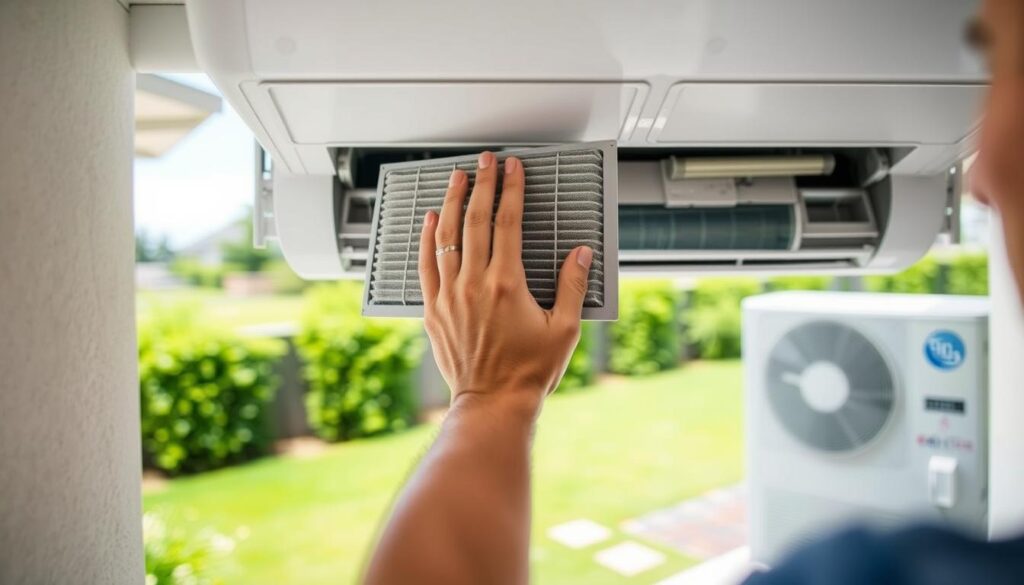
Regular maintenance is the key to ensuring your mini-split system operates efficiently and effectively. By keeping your system in top condition, you can enjoy a comfortable indoor environment while minimizing energy consumption.
One of the primary reasons regular maintenance is crucial is that it helps extend the lifespan of your system. Dust and debris accumulation can cause significant wear and tear on your unit, leading to premature aging.
Extending System Lifespan
Regular maintenance significantly extends the operational lifespan of your mini-split system, potentially adding years to its service life. By inspecting and cleaning your system regularly, you can prevent damage and ensure it continues to operate at its best.
Improving Energy Efficiency
Well-maintained mini-split systems operate at peak efficiency, consuming less energy and resulting in lower utility bills throughout the heating and cooling seasons. For more tips on maintaining your HVAC system, visit HVAC maintenance tips for homeowners.
Preventing Costly Repairs
Routine inspection and cleaning prevent the accumulation of dust and debris that can cause your unit to work harder, reducing wear and tear on critical components. This proactive approach helps identify minor issues before they develop into major problems, saving you from costly emergency repairs.
Essential DIY Mini-Split Maintenance Tasks
Maintaining your mini-split system through DIY tasks ensures optimal performance and longevity. Regular maintenance not only extends the lifespan of your system but also improves its efficiency and prevents costly repairs.
Tools and Materials You’ll Need
Before starting, gather the necessary tools and materials. You’ll need a soft brush or cloth, a vacuum cleaner with a brush attachment, mild detergent or specialized coil cleaner, a spray bottle, warm water, and a fin comb (optional).
How to Clean Mini-Split Filters
Cleaning the filters is a crucial task. Open the front panel of the indoor unit, remove the filters, and use a vacuum cleaner with a brush attachment to remove dust and debris. If the filters are dirty, wash them with warm water and mild detergent. Rinse thoroughly and let them dry before reinstalling.
Indoor Unit Cabinet and Coil Cleaning
For the indoor unit cabinet, turn off the power and wipe the exterior with a soft, dry cloth. Carefully vacuum any visible dust around vents and openings. The indoor coil requires gentle cleaning with a soft brush to remove dirt and debris without bending the delicate fins.
Outdoor Unit Care and Debris Removal
The outdoor unit needs regular care. Clear the surrounding area of leaves and debris to ensure proper airflow. Gently clean the outdoor condenser coil with a soft brush and, if necessary, a gentle spray of water. Inspect the refrigerant lines for any damage to the insulation covering.
Professional Mini-Split Maintenance Services
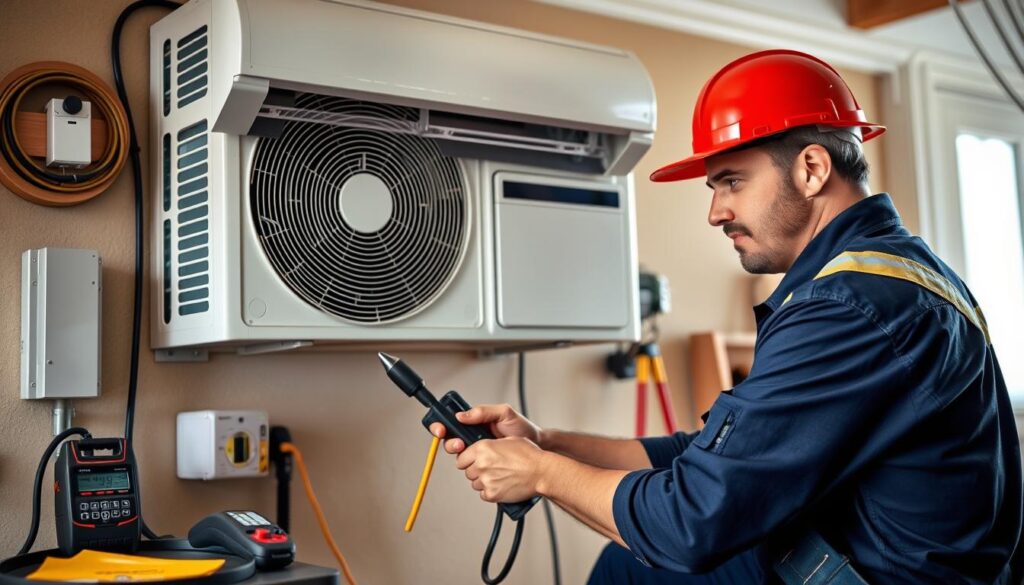
Professional mini-split maintenance is crucial for ensuring your system runs efficiently and effectively. While DIY maintenance is important, hiring a qualified technician is essential to ensure your ductless mini-split operates at peak efficiency.
When to Schedule Professional Maintenance
It’s recommended to schedule professional maintenance at least twice a year, typically before the peak heating and cooling seasons in spring and fall. This ensures your mini-split system is ready when you need it most.
What Professional Technicians Will Check
A professional technician will perform a comprehensive inspection of both indoor and outdoor units. They will check refrigerant levels and pressure, clean the indoor evaporator and outdoor condenser coils, inspect electrical connections, and verify proper operation of all system controls.
Recommended Maintenance Frequency
For optimal performance, professional maintenance should be conducted at least once or twice a year. Many HVAC companies offer maintenance plans that include regular scheduled visits, priority service, and discounts on repairs, making professional care more affordable in the long run.
Ensuring Year-Round Comfort Through Proper Mini-Split Maintenance
Regular maintenance is vital to extend the lifespan of your mini-split system and ensure it provides reliable comfort throughout the year. By performing consistent maintenance tasks, you can prevent expensive repairs and maintain peak performance levels of your air conditioning system.
Creating a maintenance calendar that includes both DIY tasks and professional service appointments helps ensure your system is well cared for. This not only extends the life of your unit but also maintains warranty coverage. A well-maintained mini-split operates more quietly and delivers consistent temperatures, enhancing overall comfort and satisfaction.
By following the recommended maintenance practices, you can protect your investment and enjoy the full benefits of your mini-split system for many years. Remember, regular maintenance pays dividends in extended equipment life, lower energy bills, and fewer emergency repairs.

